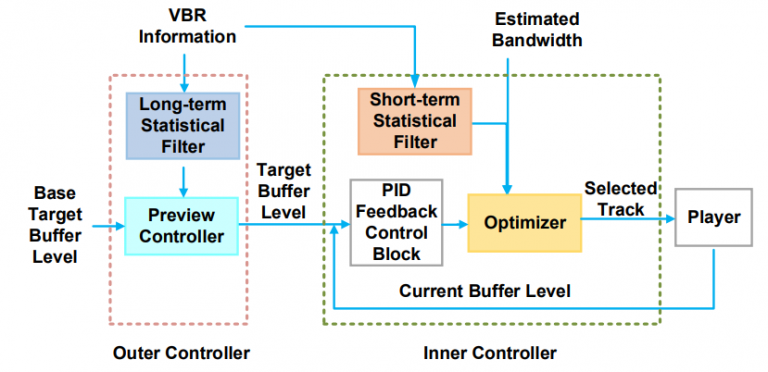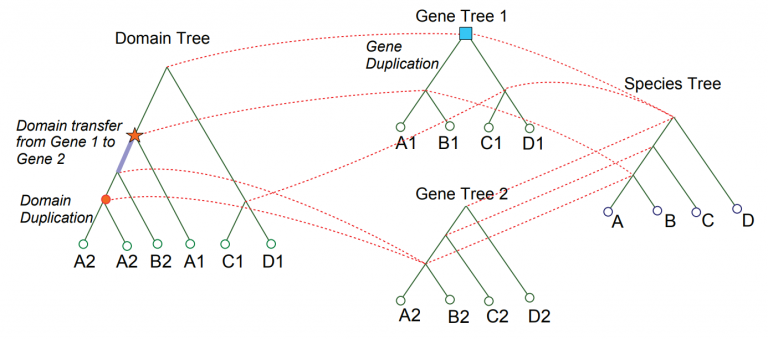
Research Highlights
Biological Networks
In one such interdiscplinary project, Professor Dong-Guk Shin works with a group of CSE, Jackson Laboratory, and UConn Health Center researchers to study how elements in the genome that regulate gene expression interact with each other. They develop a framework that integrates experimental data with network mining and machine learning algorithms to compute biological interaction networks.

The work titled “Chromatin interaction networks revealed unique connectivity patterns of broad H3K4me3 domains and super enhancers in 3D chromatin” can be accessed from Nature.
Video Streaming
Adaptive Bitrate (ABR) streaming is a framework for streaming multimedia that adjusts the quality of the stream in response to changes in user bandwidth and computing capacity. More recently, content providers are adopting Variable Bitrate (VBR) encodings for video content, but this adoption introduces new problems for ABR streaming.

Dr. Bing Wang and her research group recently published a comprehensive exploration of these challenges across distinct video genres and developed novel best-practice design principles to guide the adaptation of ABR for VBR encodings. The image above shows their Control-theoretic Adaption for VBR-based ABR streaming (CAVA) framework, which was published in CoNEXT 2018 where it won the best paper award.
Domain-Gene-Species Reconciliation
Proteins are the ‘prime-movers’ in cells, performing many of the cell’s most vital functions. Protein domains are functional units in proteins and studying them provides insight on their structure, function, or even the evolution of species.

In recent work, Dr. Mukul Bansal and his student Lei Li consider the problem of reconciling protein domain families inside of gene families. They develop the first exact algorithm for computing these reconciliations based on techniques from combinatorial optimization and show that their algorithm significantly improves on current reconciliation methods. This work won the best paper award at the ACM Conference on Bioinformatics, Computational Biology, and Health Informatics in 2018.